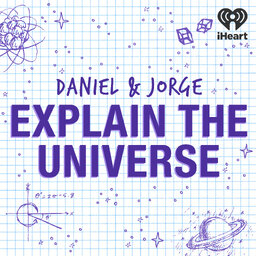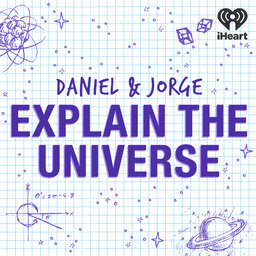Can you see an electron or other tiny particles?
If you were Ant-Man and shrunk to the quantum realm. What would that actually look like?
Learn more about your ad-choices at https://www.iheartpodcastnetwork.com
See omnystudio.com/listener for privacy information.
 Daniel and Jorge Explain the Universe
Daniel and Jorge Explain the Universe


